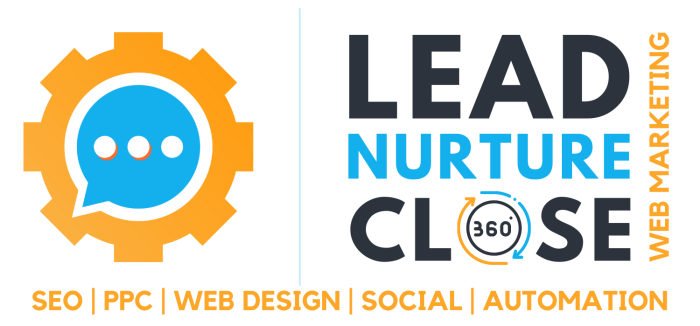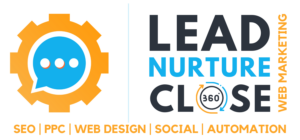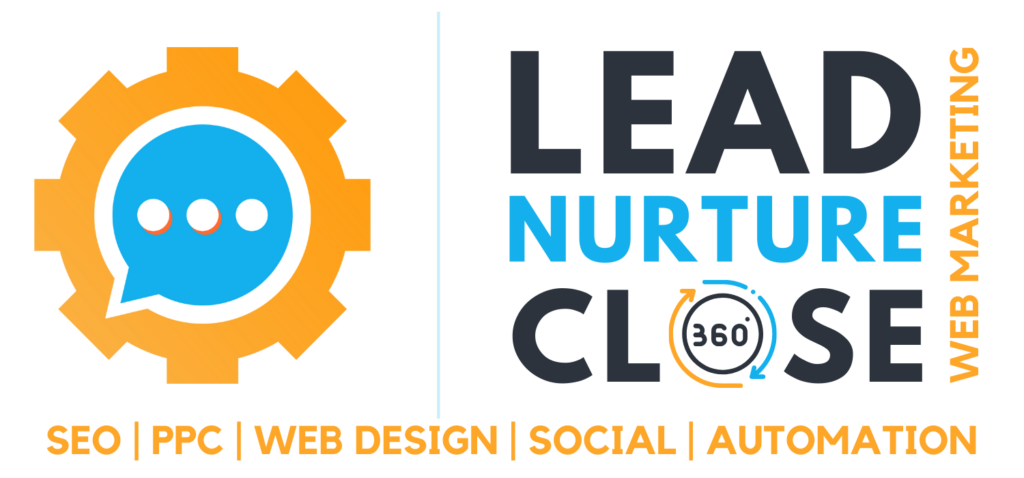If the money is in the list, then one of your priorities as a marketer is to grow that list. Whether you’re acting as an affiliate, drop shipping, or developing and selling your own products, having a list of fans you can market to is important. Email marketing allows you to connect with both new prospects and loyal customers, driving further engagement and sales.
Unfortunately, many people don’t know how to grow a list, especially organically. They spend money to build funnels and send ads all over the Internet, building a list of cold leads who wanted your lead magnet but are in all other ways unfamiliar with your brand. These recruits aren’t your fans unless you manage to bring them around and get them to start spending time on your website. This marketing process is an uphill battle.
Leads who come in from your website, however, are already engaged with your brand and business. They’re warmer than the people you entice with a magnet using paid means, so marketing to them won’t be as difficult. They want your emails so they can keep up with any sales, discounts, or just general news about their interests.
But how do you get them?
1. Remember that Content is King
Funnels and great copy are important aspects of a marketing business, but they aren’t everything. Content still reigns as king because it has the power to turn cold leads into hot buyers, convince Google your site is legit, and bring visitors organically to your blog. This is because content demonstrates your value.
Even if you’re niche isn’t about teaching people something, your content shows that you care about something. If you’re in the video game niche, for example, your content shows that you care about what you’re talking about. Maybe you have a YouTube or Twitch channel where you play games online and your site is for sharing industry news. All of this content keeps people coming and keeps your fanbase engaged so they buy your merchandise or view the ads that generate revenue.
Content will always be what people crave first and foremost. It builds trust and turns visitors into buyers far more reliably than most funnels ever will. That’s not to bash funnels, of course, but the power of good content shouldn’t be underestimated.
There are two rules for good content:
- The content should be relevant to the niche and what your fans are currently interested in.
- It should be actionable. It doesn’t matter if you want people to sign up for more good content, want to redirect people to a product or service, or just want people to engage with the post.
These two rules bring new people into the fold, keep people coming back, and redirect their attention so you get more sales, engagement, or whatever needs to be accomplished. You should use your site’s analytics to see what people are best responding to in order to achieve this better.
2. Social Proof isn’t Just for Landing Pages
Most marketers and business owners understand the power of social proof and happily include it on their landing pages and sales pages. This is because social proof can help drive engagement if visitors can see that they’re just following in the footsteps of other happy customers. It’s why some e-commerce sites include little popups in the corner every time someone makes a purchase and why there are so many testimonials when you make your way through a sales funnel or watch a webinar.
However, you can use social proof to grow your list on your website organically. A counter to display how many people have signed up already would be good, as would a popup in the corner shouting, “John Doe just subscribed!” whenever you get a new sign-up. Both of these offer incredibly social proof. The latter is especially good if you don’t have a large email list of, say, more than 1,000 subscribers yet.
You can also put a message over your subscription form or in the popup, if you use one, inviting people to, for example, “Join more than 2,000 happy subscribers!” This also provides incredible social proof to help people see that this isn’t just another “newsletter” to subscribe to only to be bombarded with ads day in and day out.
Trust seals are also forms of social proof that some marketers are very fond of. A trust seal, sometimes called a trust badge, are signals that let your visitors and leads know that other companies trust you. If you have a seal of approval from Norton, for example, then people who already use Norton’s antivirus programs and such will be more likely to trust you.
3. Engage with Your Fans
Did you know that most marketers don’t reply to blog comments, tweets directed at the business, or Facebook comments? Fans want engagement with you; that’s why they bothered to comment or tweet in the first place. If you ignore them, they’ll come to ignore you. Sharing posts is a great way to organically spread your brand awareness and get more organic visitors to your site (where they’ll sign up), but you should never write content with the sole expectation that people share it and comment on it without you needing to acknowledge it at all.
People comment and engage because they want to be heard. They don’t want their voices to merely echo, unacknowledged, through the canyons of your funnels. Replies and responses go a long way toward building loyalty and only lead to more engagement. A detached web blog or social media account leads to people feeling uncared for. While people cannot reply to your autoresponder emails, they can reply to your posts, so interaction there is more likely to lead to more email subscribers in the long run.
4. Use Popups in Ways that Make Sense
Popups have a bad reputation online, and it’s easy to see why. They’re obtrusive, can feel like begging, and sometimes are difficult to close once they’re in your face, especially on mobile. However, to circle back a little bit to point #2, pop-ups don’t have to do this. In the example given earlier, popups in the corner of a page alerting visitors to when someone has taken action on your site are neither obtrusive nor unwelcome. They pop in for a second and then disappear of their own accord — a mere herald that something has happened to plant the seeds of trust in your prospect’s mind.
You can also use the more traditional pop-up in ways that don’t make others groan, however. Basically, you do this by mastering the timing and relevancy of those pop-ups. Random popups drive visitors away, but a popup that’s timed to pique their interest can drive them to take further action.
For example, let’s pretend your prospect is checking out a product on your site. This could be something you’re selling yourself, an affiliate product, or even promoting a multi-level proposition. If you have a lead magnet relevant to what they’re looking at, such as a free course on how to build a downline if your visitor is curious about your network marketing offer, they may be willing to sign up.
This is because the popup is relevant in this case. You’re giving someone something for free to help them make a better-informed decision, and that lead magnet and further emails from your list might be what they need to take the action you really want: a purchase.
You can also personalize popups depending on whether someone is a repeat customer or a first-time visitor, whether people own cats or dogs or something else, whether they prefer Macs or PCs, etc. This kind of personalization caters to the 80% of shoppers who claim to want more personalized content and offers from their preferred businesses. This works outside of e-commerce as well and can be applied to blogs.
5. Embrace the Giveaway
One of the fastest ways to get new email sign-ups is to host a giveaway on social media. Offering a giveaway or sweepstakes is a fantastic way to bring more people into your email list because there’s zero risk and a strong emotional factor driving their actions. Emotion is powerful, regardless of your personality type, and the gratification of a possible win is more than enough for many people to do something as simple as entering their email address.
Why social media? Because the average user spends around two and a half hours on sites like YouTube, TikTok, Twitter, and Instagram every day. Social media is a great way to get found, and a giveaway is an emotionally charged piece of content that grabs attention and then doesn’t demand it for very long.
There are a few tips to make a giveaway more successful:
- Incentivize action by giving people multiple ways to enter. For example, subscribing to your newsletter awards one entry, sharing on Facebook gives another, sharing on Twitter gives yet another, and so on. This is a great way to spread brand awareness while also growing your list.
- Make sure to engage with your audience during the promotion. You should be engaging a lot, as per tip #3, but make sure you’re on your A game during the promotion. This helps generate more excitement and allows you to show yourself by putting your best foot forward.
Remember to Stay Optimistic
Growing your list organically doesn’t happen overnight. Much as how marketers must perform split testing on their funnels exhaustively in order to ensure they’re getting the biggest bang for their buck; you may have to experiment with different ways of engaging visitors and spurring them to action on your main website.
Of course, for this to be successful, you must develop a robust authority site. If your business relies almost exclusively on funnels, you’ll have to put more time into making a site that brings in visitors regularly. Building that should be your first priority followed by motivating prospects to subscribe to your email list.
A website is a powerful tool when it comes to your business. Don’t overlook the quality of leads you can get when they subscribe because they came to you first.

















